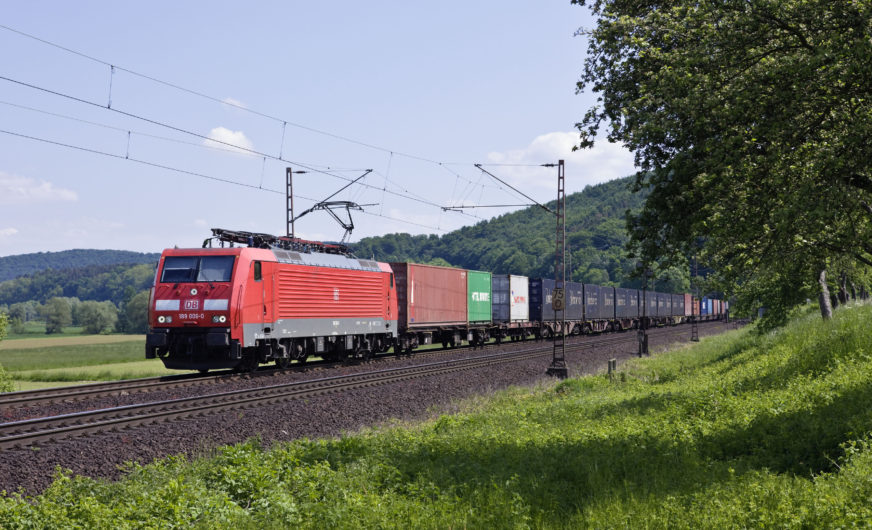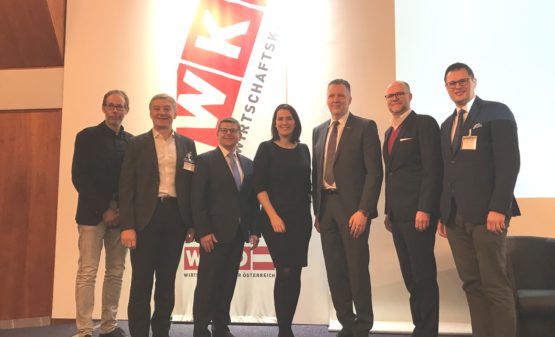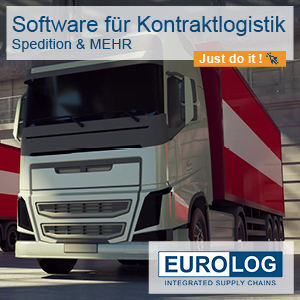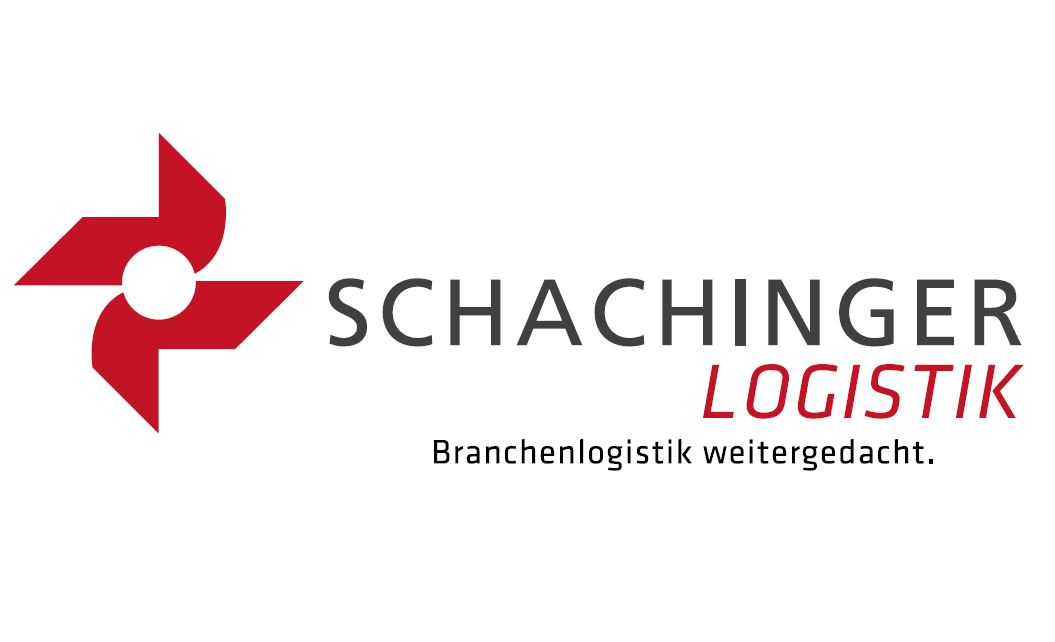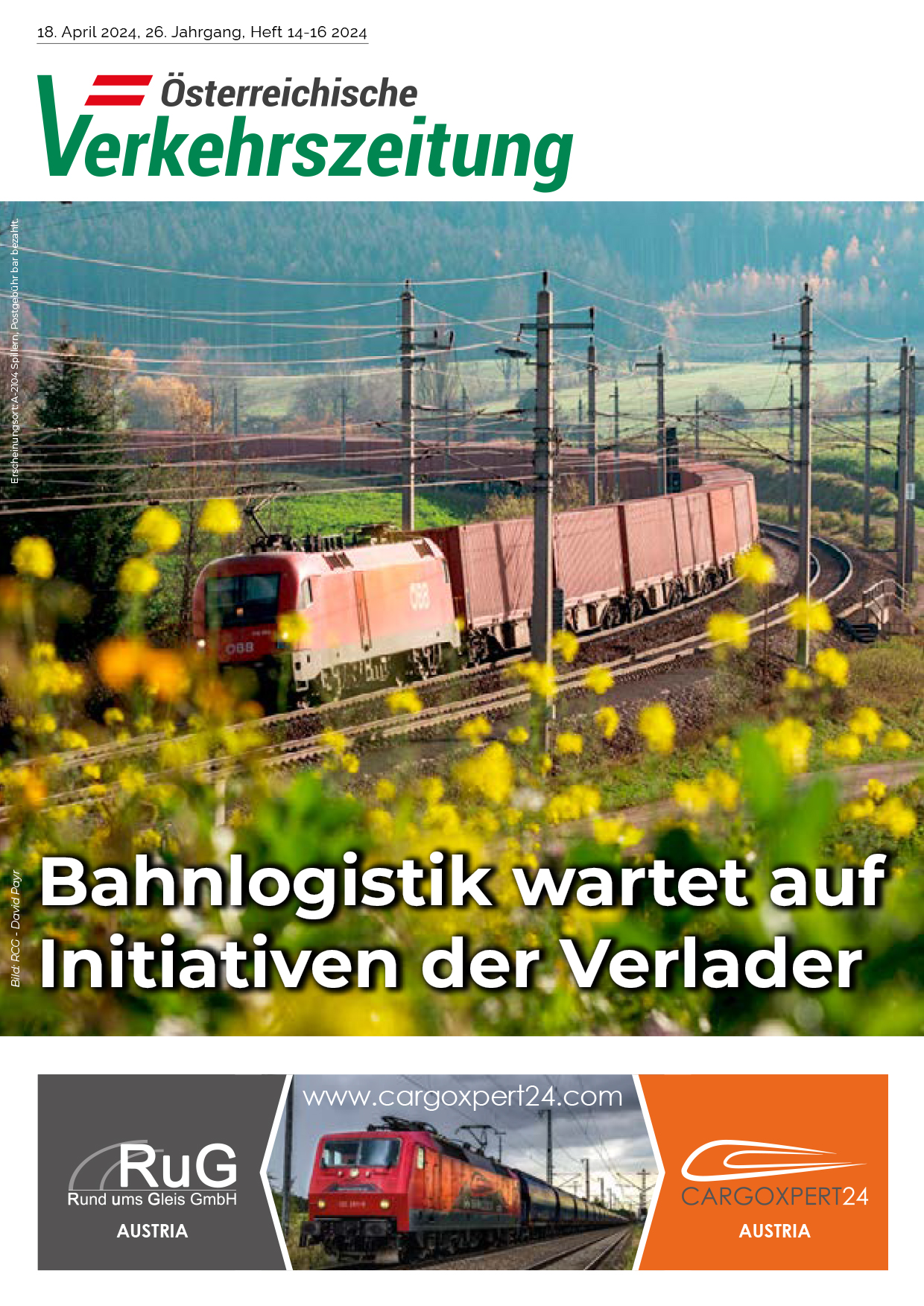The environmentally friendly railway carried about 295,000 TEU between the port of Hamburg and Austria’s combined transport terminals in 2015. This means an increase of 9.26 percent and hence a new record in seaport hinterland traffic between Hamburg and Austria.
“Austria is a prime example of efficient and environmentally friendly hinterland traffic with the port of Hamburg. Currently about 40 weekly container block trains are operated between Hamburg and Vienna. In total more than 80 weekly container trains are connecting Austrian combined transport terminals and Germany’s biggest port“, says Alexander Till, Manger of the Port of Hamburg Representative Office in Vienna.
The Port of Hamburg Representative Office Vienna, and the tight cooperation with the port of Vienna as a partner furthers also the cooperation with transport companies and shippers in Austria, which is of utmost importance to the port of Hamburg in a highly competitive local market, as it is the leading container port for Austria’s industry.
Although the southern European ports did not yet leave their rather subordinate role in transhipment with Vienna, distinct increases in container transport via the port of Koper can be seen in other parts of Austria, Hungary, the Czech Republic and Slovakia. Following the completion of the Semmering-Basistunnel, scheduled for 2026, the cross-Alpine connection between the southern ports and Austria’s capital will also be improved.
In line with that, the southern ports are investing into track links to the European inland, and larger terminal capacity“, says Till. Only recently, the plan to intensify the cooperation between the Austrian federal railways ÖBB and the Slovenian railways (SŽ) was announced. The target is to cut transport times between ports and terminals, and to improve the use of the railway network.
“The favorable geographical position of the southern ports for Far East traffic suggests that Hamburg and the other North Range ports will lose market share in the coming years. But this is only the case at first glance, as a still small number of direct ship calls in these ports requires transhipment for much of their load. At the end of the day, calculated over the entire transport chain, the average travel times via North Range and southern ports are equal, and the slightly longer way by sea does not count. With good service, timely traffic and low transport rates, the port of Hamburg positions itself in the market with long-term success,” says Alexander Till.
Alexander Till is convinced that Hamburg will remain the most important market for container transport of Austria’s industry. “The port of Hamburg has put through the biggest volume of containerised cargo for Austria’s industry for more than 30 years. Hamburg has a high number of global direct shipping services, and Austria has an excellent railway connection to the port. The distance from Vienna to Hamburg is about 150 kilometres shorter than to the western ports of Rotterdam or Antwerp. This makes the rates for transport to/from the port of Hamburg less expensive for our Austrian customers.“


